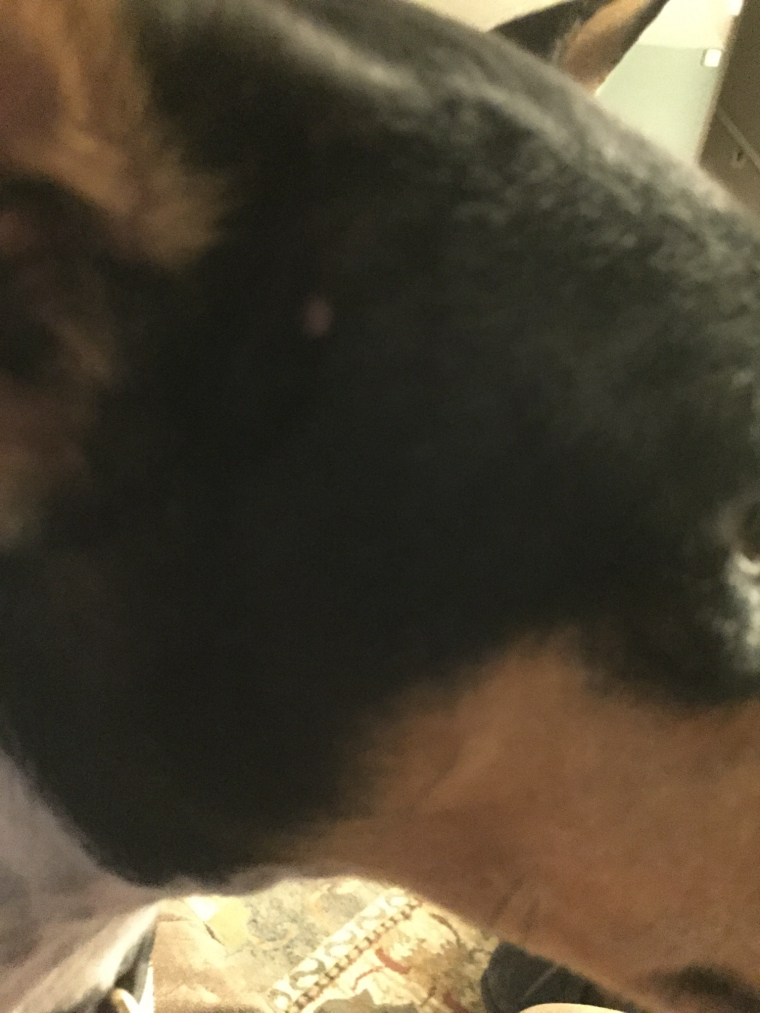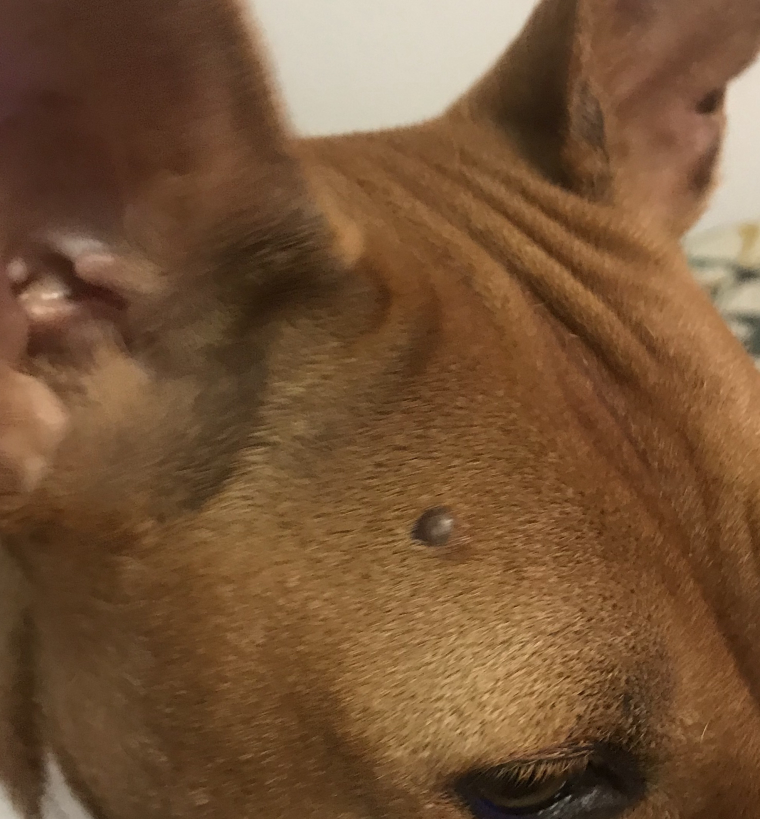Small lump on head
-
[Hello, just looking to see if any members have ever had small lumps growing on their basenji? It first appeared back in May and he was taken to the vet who said who said they thought it was either a sebaceous cyst or wart. They said not to worry about it unless it got any bigger and changed colour, which it hasn’t. It doesn’t seem to cause him any bother and it hasn’t affected his mood at all, he’s still as crazy as ever. I’m really just curious if anyone had saw something like this, and if there is anything that can be done to clear it up, other than operating? Thanks!
-
My old folks often get lumps. I don't worry - but the vet always looks at them anyway at their 6 monthly health check up.
If you are worried, talk to your vet but frankly, if it isn't getting any bigger, I wouldn't worry.
Is it 'loose' in the skin, or does it appear attached ? If loose - probably OK. If attached, see the vet. -
My Kembe had a small pea-sized lump on her lower hind leg removed when she was about 3 years old and it was pre-cancerous. She is now 13 years 9 months and has a lot of lumps and bumps - fatty bodies and a few warts - my Vet says it’s due to her age. Hopefully your dog’s lump is nothing to worry about but you should be it checked out by a Vet.
-

Best to get all lumps checked out by the vet, they are more qualified than us. Having said that, it’s probably just a lump like this which my dog has had for a couple of years. I asked the vet if they can get rid of it but they said better to leave alone. Fatty lumps are common as they age.

